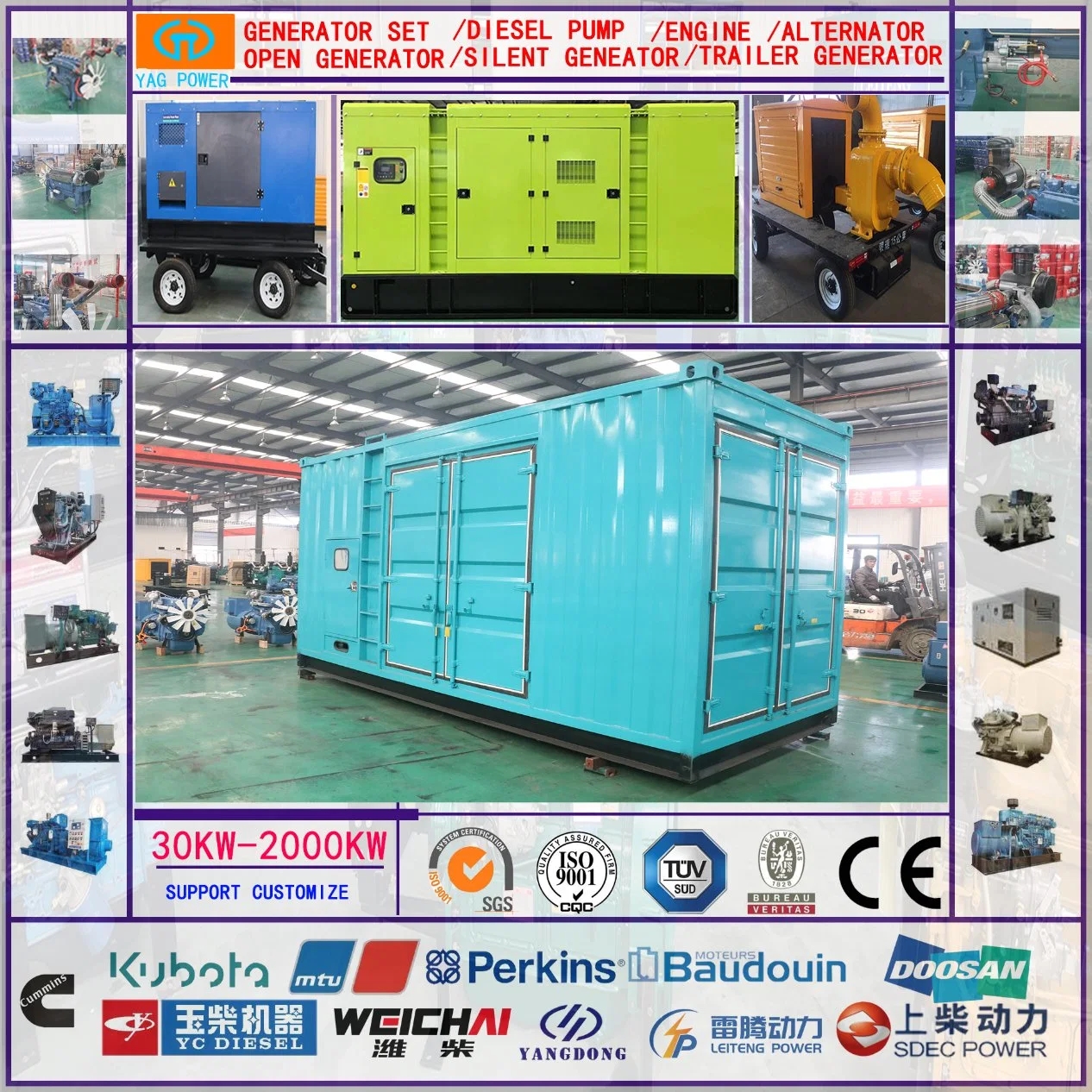Enhancing Power Grid Stability with Diesel Generators for Synchronization

Introduction
In the realm of power generation and distribution, the stability of the grid is of utmost importance. With the increasing demand for electricity and the growing complexity of modern power systems, the need for reliable backup solutions has never been more critical. Diesel generators have long been a staple in providing backup power during emergencies, but their role in grid synchronization is increasingly gaining attention. This article explores the use of diesel generators for synchronization with the grid, their benefits, challenges, and the technology behind their integration.
Overview of Diesel Generators
Diesel generators are a type of combustion engine that converts diesel fuel into mechanical energy, which is then converted into electrical energy through an alternator. They are widely used in various applications, including industrial, commercial, and residential settings, to provide backup power in the event of grid failures or outages. Diesel generators are known for their reliability, durability, and efficiency, making them a popular choice for critical power applications.
Synchronization with the Grid
Synchronization with the grid refers to the process of connecting a generator to the electrical grid in such a way that the two power sources operate in harmony. When a generator is synchronized with the grid, it is able to supply power to the grid and help stabilize the system during peak demand or emergency situations. Synchronization is essential to ensure that the generator's output voltage, frequency, and phase are in sync with the grid's parameters, thereby preventing any disruptions or damage to the grid.
Benefits of Diesel Generators for Grid Synchronization
There are several benefits to using diesel generators for synchronization with the grid:
1. Reliability: Diesel generators are known for their robustness and reliability, making them a dependable source of backup power during grid disturbances or emergencies.
2. Fast Response: Diesel generators can start up and synchronize with the grid quickly, providing rapid support during sudden power demand spikes or grid failures.

3. Fuel Efficiency: Diesel generators are more fuel-efficient than other types of generators, making them a cost-effective option for grid synchronization.
4. Scalability: Diesel generators can be easily scaled up or down to meet varying power demands, making them versatile for use in different grid configurations.
Challenges of Diesel Generators for Grid Synchronization
While diesel generators offer numerous advantages for grid synchronization, there are also challenges that need to be addressed:
1. Emissions: Diesel generators produce emissions such as nitrogen oxides (NOx) and particulate matter, which can have environmental impacts and require proper mitigation measures.
2. Maintenance: Diesel generators require regular maintenance and servicing to ensure optimal performance and reliability, which can add to operational costs.
3. Noise: Diesel generators can be noisy during operation, posing challenges for installations in residential or noise-sensitive areas.
4. Grid Stability: Improper synchronization of diesel generators with the grid can lead to stability issues, such as frequency fluctuations or voltage imbalances, which can impact the overall grid performance.
Technology for Diesel Generator Synchronization
Advancements in technology have enabled more efficient and seamless integration of diesel generators with the grid. Some key technologies used for diesel generator synchronization include:
1. Automatic Voltage Regulators (AVRs): AVRs are devices that control the output voltage of the generator to match the grid voltage, ensuring proper synchronization and stability.
2. Synchronization Panels: Synchronization panels are control panels that monitor and manage the synchronization process between the generator and the grid, including frequency and phase matching.
3. Load Sharing Systems: Load sharing systems enable multiple generators to operate in parallel and share the load equally, improving efficiency and reliability in grid synchronization.
4. Power Management Systems: Power management systems monitor and control the power flow between the generator and the grid, optimizing performance and ensuring grid stability.
Case Studies
To illustrate the real-world applications of diesel generators for grid synchronization, let's explore a few case studies:
1. 500kw diesel generator : A hospital in a remote area relies on diesel generators to provide backup power during grid outages. The diesel generators are synchronized with the grid to ensure seamless power supply to critical medical equipment and facilities.
2. Data Center Resilience: A data center uses diesel generators to support its critical operations in case of power failures. The generators are synchronized with the grid to provide uninterrupted power supply and maintain data integrity.
3. Industrial Plant Reliability: An industrial plant integrates diesel generators for grid synchronization to enhance its power reliability and mitigate the risks of production downtime during grid disturbances.
Conclusion
Diesel generators play a vital role in enhancing power grid stability through synchronization with the grid. Their reliability, fast response time, and fuel efficiency make them a valuable asset in ensuring uninterrupted power supply during emergencies or peak demand periods. While there are challenges associated with diesel generators, advancements in technology continue to improve their integration with the grid, making them a versatile and effective solution for grid synchronization. By leveraging the benefits of diesel generators and addressing the challenges proactively, power systems can enhance their resilience and reliability in the face of evolving energy demands.
